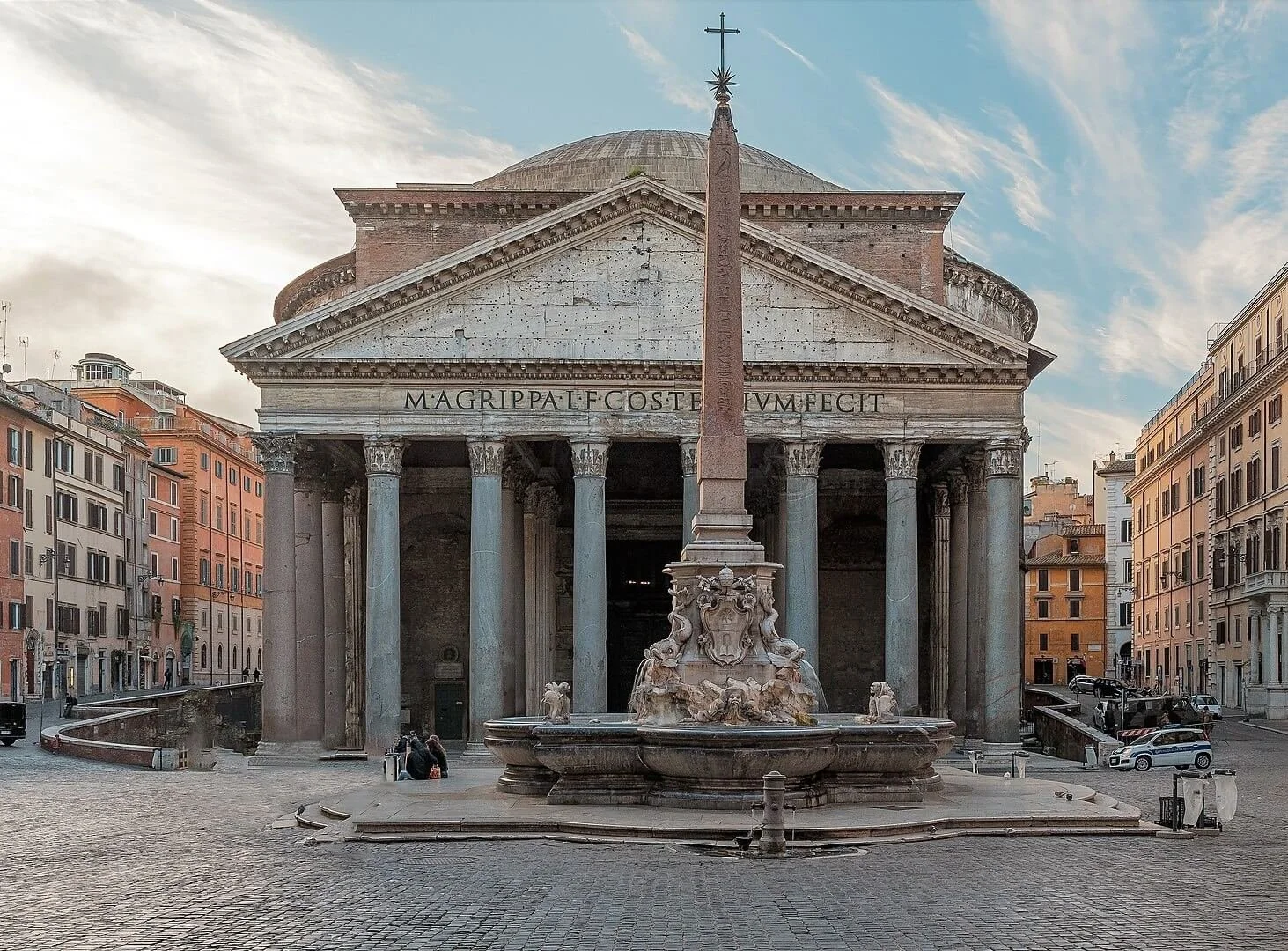Historical Overview of Latin
Latin, the main language of the Italic branch of the Indo-European origin, emerged in the Latium region of ancient Italy. In the process of its evolution, it eventually developed into Classical Latin during Rome’s Republic and Empire periods, where it was the language of administration, law, literature and culture throughout the country. Latin spread as a result of Roman conquests and colonization, which in turn contributed to Latin being used as the basis for the development of many European languages.
The proceeding Middle Ages and Renaissance were the periods when Latin remained the dominant language of science, diplomacy, and scholarship. It provided a common language for educated people and therefore contributed to communication across different linguistic groups. Pervasively, Latin has a lasting influence on the modern world, where it remains the language of choice for many subjects like medicine, law, theology, and humanities.
Roman Deities in Daily Life
-

Calendar Months
The Roman calendar was closely linked to religious observances and agricultural cycles. Each month was dedicated to a deity or celebrated with great religious celebrations. January, for example, was named after Janus, the god of beginnings and transitions, who is depicted as having two faces, one facing backward and one looking forward. March was dedicated to Mars, the god of battle, and signaled the start of the military campaign season. June celebrated Juno, the queen of the gods and protector of marriage and women, with ideas of prosperity and weddings.
-

Planetary Names
Because the planets are commonly associated with observable celestial bodies, many of our solar system's planets get their names from Roman gods. Mercury–the fastest planet to orbit the sun–is named after the fast messenger deity Mercury, who embodies speed and communication. Venus, named after the goddess of love and beauty, symbolizes grace and appeal. Mars, or the red planet, conjures up images of bravery, war, and conflict.
-

Symbols and Emblems
Roman mythology has influenced the usage of symbols and emblems in a variety of circumstances. For example, the Caduceus, a staff twisted with serpents and capped with wings, is connected with Hermes/Mercury and is used today as a sign of business and negotiation, particularly in medicine. The laurel wreath, symbolizing victory and honor, finds its origins in the crown awarded to victorious Roman generals and is still used symbolically in ceremonies and awards.
-

Literary and Artistic References
For ages, Roman myths and tales have influenced literature and art. Epic tales about gods, heroes, and mythological creatures inspire creativity and storytelling. Botticelli's "The Birth of Venus" and Dante Alighieri's "The Divine Comedy" both draw significantly on Roman mythology, incorporating these timeless stories into the fabric of cultural expression.
-

Architectural Influence
Roman architecture frequently included religious ideas and motifs, with temples dedicated to deities intended to elicit admiration. The Pantheon, which was initially dedicated to all gods, houses groundbreaking engineering and architectural marvels that continue to inspire architects and historians. The employment of columns, arches, and decorative components indicates the significance of Roman Culture in civic and religious architecture.
